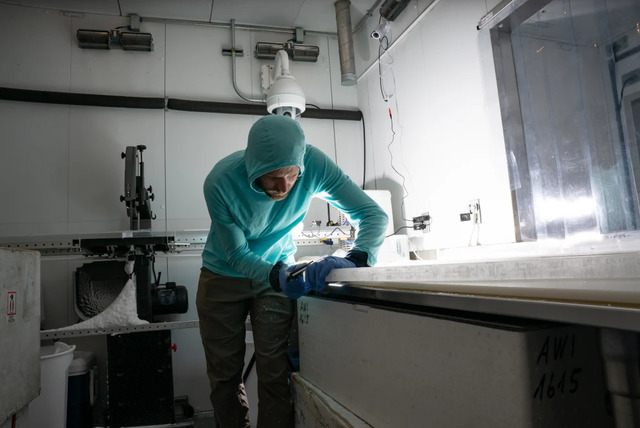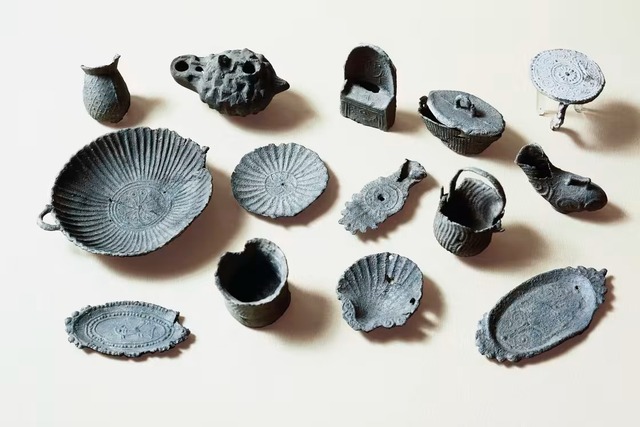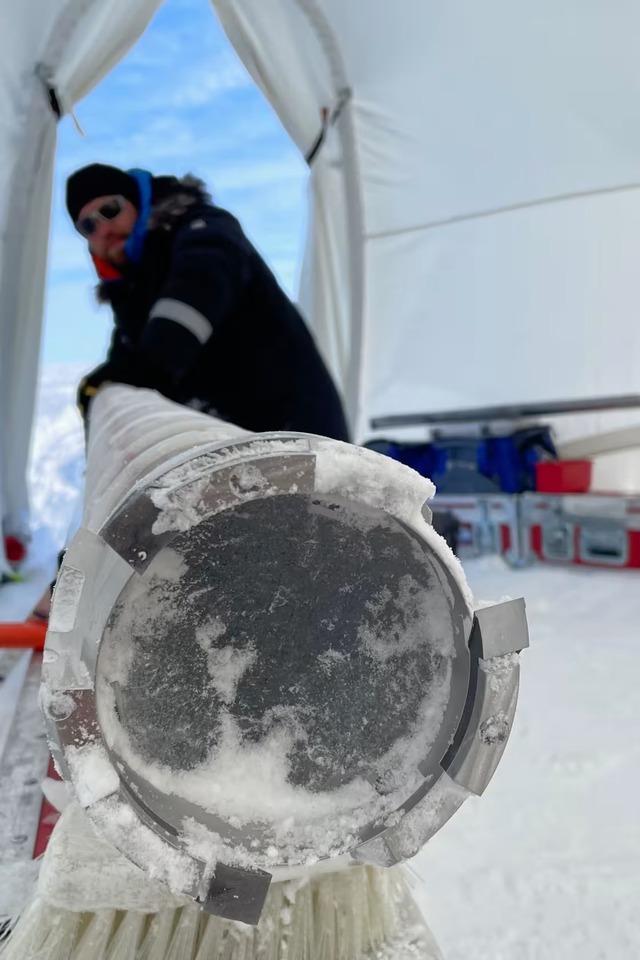Ancient Rome, a beacon of civilization, harbored an invisible threat: lead pollution. Recent research reveals that this silent toxin, emitted from silver smelting and everyday artifacts, might have reduced the population’s IQ by up to three points. By analyzing Greenland’s ice cores, scientists have connected Rome’s industrial activities to far-reaching health impacts, sparking renewed debates about the empire’s decline. Could lead’s pervasive influence have been a factor in Rome’s fall? The evidence paints a sobering picture.
The Discovery of Lead Pollution
The foundation of this research lies in ice cores extracted from Greenland, where layers of ice serve as a “layer cake” of environmental history. As snow falls and compresses into ice, it traps particles and chemicals from the atmosphere, creating a timeline of past environments. Researchers drilled and analyzed three ice cores to measure lead concentrations spanning a millennium.

The findings revealed that lead levels rose and fell in tandem with key events in Roman history, such as the empire’s expansion into Spain and increased silver production. This correlation pointed directly to Roman silver smelting as the primary source of the pollution. For every ounce of silver produced, approximately 10,000 ounces of lead were released into the atmosphere. These emissions traveled across Europe, with some particles even settling in Greenland—a testament to the far-reaching impact of Roman industry.

Video
Discover what scientists are uncovering over Greenland – watch the video to learn about the groundbreaking findings from this unique research!
The Scope of Roman Lead Pollution
The study’s findings demonstrate the staggering scale of Roman lead pollution. While the concentration of atmospheric lead was most severe near silver mines in Iberia (modern-day Spain), its effects extended across the empire and beyond. This pollution was not limited to the air; Romans also encountered lead through their daily lives. Lead-lined plumbing, drinking vessels, and even wine sweetened with lead contributed to widespread exposure.
By using climate modeling systems, researchers estimated the total emissions required to produce the levels of lead found in Greenland’s ice. These calculations revealed that the average Roman’s exposure to lead was roughly one-third of what Americans experienced during the peak of leaded gasoline use in the 1970s. In some areas of the empire, particularly near mining operations, exposure levels were likely much higher.
Health Impacts of Lead Exposure in Ancient Rome
Lead is a potent neurotoxin, and there is no safe level of exposure. Its effects include cognitive impairments, behavioral changes, reproductive issues, and increased risks of hearing loss and mental health disorders. Applying modern data on lead toxicity, researchers concluded that the average Roman’s exposure could have reduced IQ levels across the population by 2.5 to 3 points.
The consequences were likely even more severe for those living near mines or engaging in industries involving lead. Roman elites, for example, consumed wine stored in lead-lined vessels, exposing themselves to even higher concentrations. This chronic exposure may have contributed to health problems such as gout and erratic behavior, which some historians associate with the empire’s ruling class.
Lead and the Fall of the Roman Empire
The idea that lead poisoning played a role in Rome’s decline has been debated for decades. Some researchers argue that widespread exposure to lead weakened the population’s cognitive and physical abilities, contributing to the empire’s eventual collapse. Others caution against attributing Rome’s downfall to a single factor, pointing to plagues, economic crises, and climate shifts as additional contributors.
Historians in the 1980s suggested that lead-laced wine caused significant health issues among Roman elites, impairing their decision-making and stability. The new study builds on this theory by providing evidence of empire-wide exposure to atmospheric lead. However, experts like Dr. Bruce Lanphear emphasize that lead was likely just one of many factors affecting the empire’s trajectory. “It’s never just one thing,” Lanphear noted.

The Methodology Behind the Study

The study’s methodology combined ice core analysis with modern climate modeling and public health data. Scientists at the Desert Research Institute in Reno, Nevada, processed long cylinders of ice to measure lead concentrations over time. These measurements aligned with key events in Roman history, such as the Pax Romana, when silver production was at its peak.
Using climate models, researchers estimated the amount of lead emitted during this period and calculated its likely distribution across Europe. They then compared these estimates to modern data on lead exposure and health effects, providing a clearer picture of the potential consequences for Roman society.

Criticisms and Limitations of the Study
While the study offers compelling evidence of widespread lead pollution, it has limitations. The analysis focused primarily on atmospheric lead, excluding other significant sources of exposure, such as plumbing and cookware. As a result, the researchers’ estimates may underestimate the true extent of lead’s impact on Roman health.
Additionally, some experts caution against overemphasizing lead’s role in Rome’s decline. Joe Manning, a historian at Yale University, highlighted the broader challenges of ancient urban life, including poor sanitation and disease. “The lead is on top of really horrible sanitary conditions,” Manning said, emphasizing the multifaceted nature of Rome’s struggles.
Lessons from Ancient Pollution
The findings from this study provide valuable insights into the long history of industrial pollution and its consequences. Roman lead pollution represents one of the earliest examples of human activity affecting the environment on a continental scale. It serves as a reminder that the environmental and health impacts of industrial practices are not new phenomena.
Modern parallels, such as the leaded gasoline crisis of the 20th century, underscore the importance of proactive environmental regulation. By studying ancient pollution, researchers can better understand the long-term effects of industrial activities and inform public health policies today.
Conclusion
The study of lead pollution in ancient Rome offers a fascinating glimpse into the intersection of industry, environment, and public health. While the exact role of lead in the empire’s decline remains uncertain, its widespread presence and documented effects on health provide a compelling narrative of unintended consequences.
As we grapple with modern environmental challenges, the lessons of ancient Rome serve as both a cautionary tale and a call to action. By understanding the past, we can make more informed decisions about the future, ensuring that the mistakes of history do not repeat themselves.
